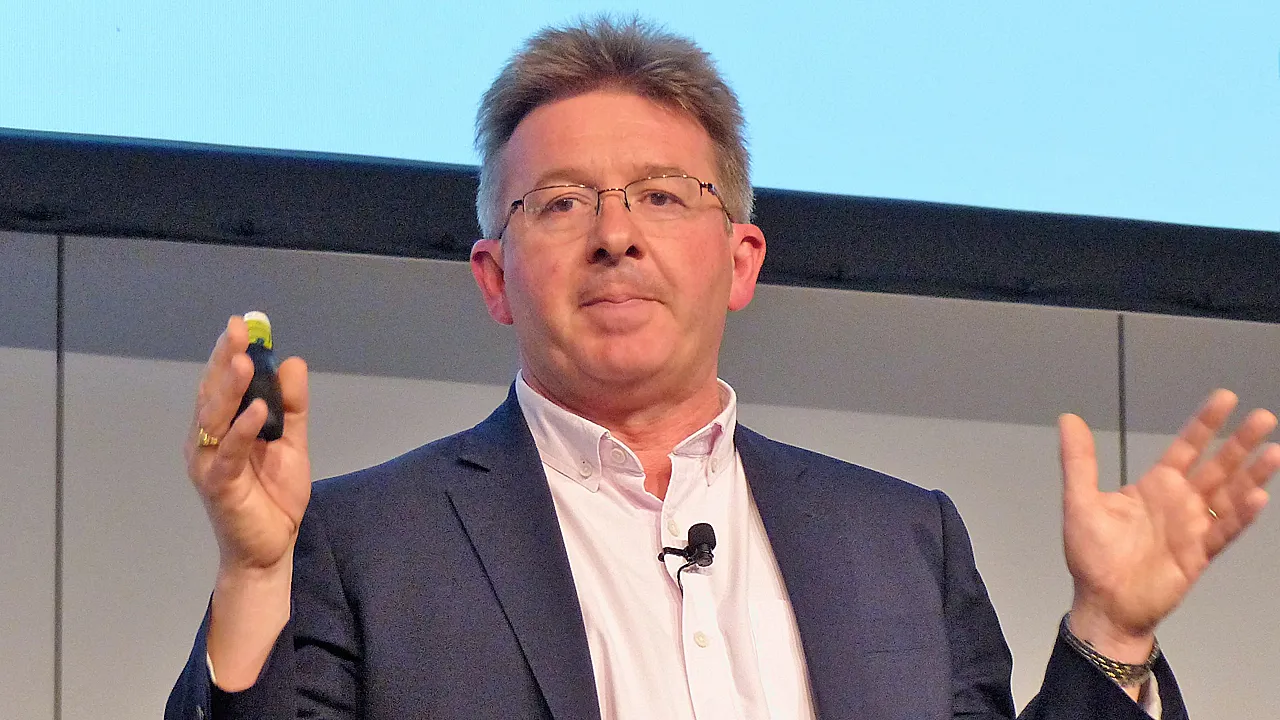A smaller group of studies show the impact of serious hypoglycemia, sometimes triggered by excess insulin, and underline the need to predict them to avoid cardiovascular and cognitive risks.
According to experts, the greatest risk of hypoglycemia occurs at night, when sleeping symptoms.62 percent of DM1 patients and 54 percent of DM2 have nocturnal hypoglycemia several times a month and in children the incidence reaches 40 percent.Many of the hypoglycemic episodes do not refer to the specialist, since its impact on long -term health is underestimated.
The European Research Project Hypo -Resolve (Acronym for Redefing Solutions for Better Lives) is a public and private alliance that aims to provide clinicians with processable data that serve to adopt comprehensive strategies to reduce hypoglycemia load in patients with diabetes.Pharmaceutical companies and medical devices, associations of patients and investigating partners of the academic field participate in the coalition.In total there are 22 partners under the leadership of the company Novo Nordisk.
Stephen Gough, medical vice president of the company and former head of the Diabetes, Endocrinology and Metabolism Center of the University of Oxford, has broken down the main lines of action, combining large databases of pharmaceutical and high -tech companies;Use Bigdata processes to confirm the already known hypoglycemia predictors and identify new ones;Develop increasingly precise MCG prediction systems to predict hypoglycemia and stop insulin infusion, as well as provide the mechanical explanations of those decreased glucose and explore the new determinants that could precipitate it.
“The way of living urban, travel and food impact on the risk of diabetes, as well as sitting at television or computer and using the bicycle much less, or moving by car instead of public transport, which forces to walkSome Trechos, ”says Dough, emphasizing that to control it, more than medications are needed: prevent, treat and improve results in patients.
This insists Mads K. Thomsen, Vice President of Research and Development, commenting on the data of the second Cities Changing Diabetes study presented in EASD confirming the increase in prevalence of diabetes and obesity in all regions of the world.
New research suggests that public health services and strategies aimed at the care of DM2 are not effective if they do not act on social and cultural factors.It has been seen that gastronomic traditions and traditional gender roles would increase diabetes vulnerability in urban areas, where it is expected that in 2045 they live up to 75 percent of diabetics.
The data suggest that if the obesity rate was reduced by 25 percent worldwide there would be 15.3 million less people with DM2 on that same date.That is the first objective of the program, initiated in 2014 by the University College of London, the Steno Diabetes Center (Copenhagen) and Novo Nordisk, in which 17 major cities of the world now participate with the conviction that to contain the rise ofDM2 rates must be developed adapted strategies.
The initiative intends to lower the incidence of diabetes by 10 percent in 2045, because if the current trend remains they calculate that one in nine adult people will be diabetic.


